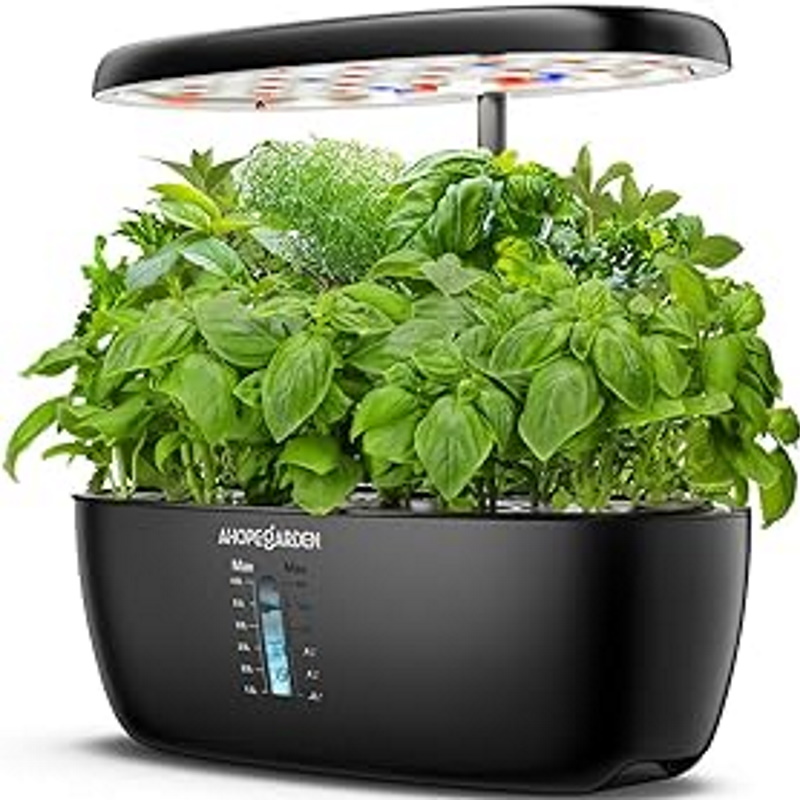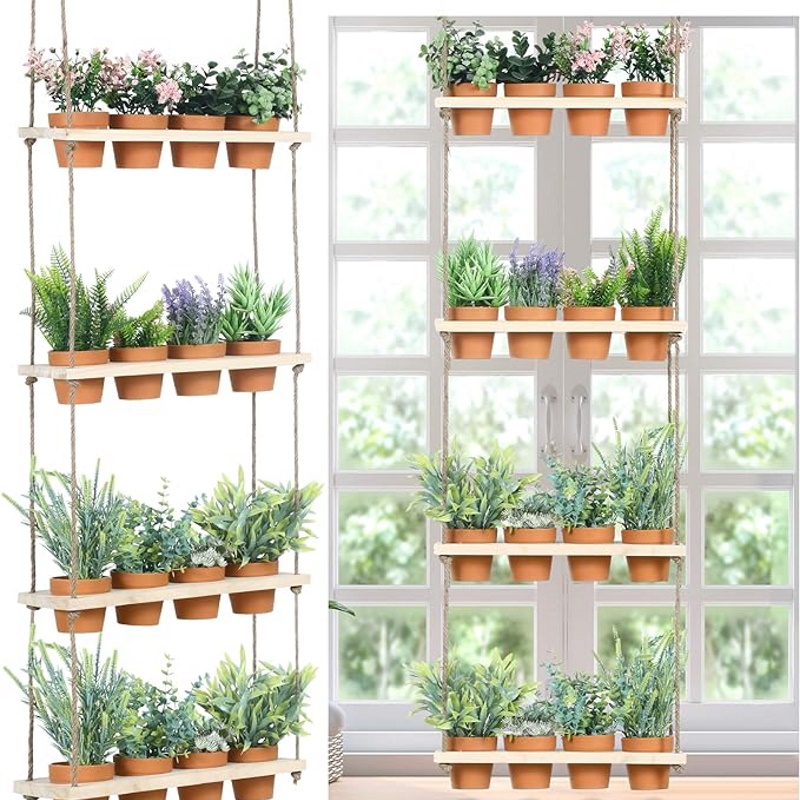Best unusual herbs – 9 herbs to grow for interesting flavor
These uncommon herbs will spice up your edibles garden

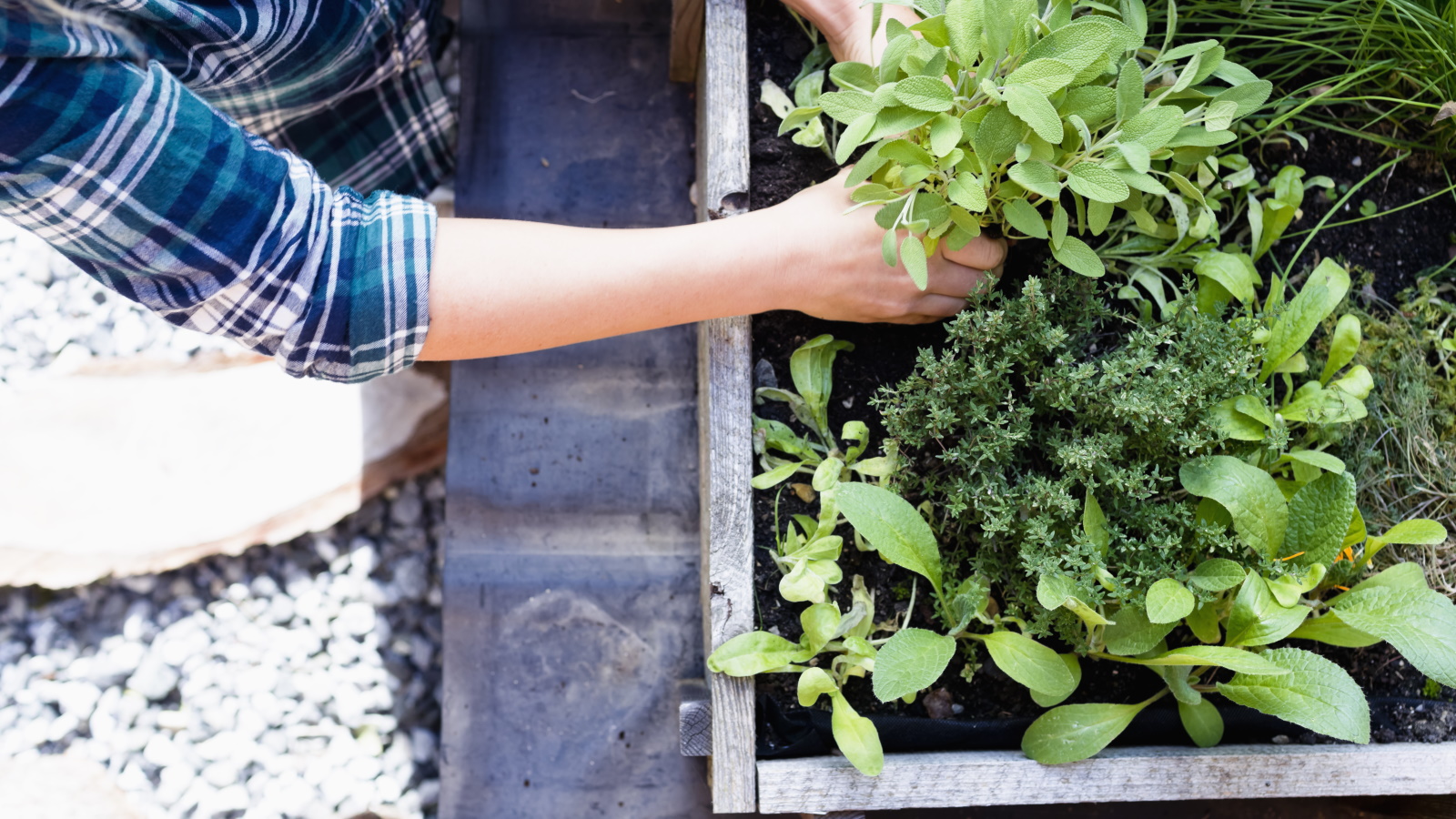
Every gardener needs a herb garden, whether its indoors, in pots or a greenhouse. These edible plants aren't only aromatic additions, but also can be beautiful.
Once you've got your classic rosemary, parsley, oregano and basil sorted, it might be time to try something a little different.
There are so many delicious herbs out there and widening your horizons by growing a few unusual varieties will do wonders for your herb garden and culinary success.
We've compiled an expert list of unusual herbs to grow for interesting flavor, many of which also have beautiful flowers, making tasty and attractive additions to your herb garden.
9 unusual herbs to grow
Getting bored of growing the same old herbs? You won't be disappointed by trying to grow something a bit more uncommon from our expert list of unusual herbs for interesting flavor.
1. Stevia

If you're after a natural sweetener, stevia is your new best friend. This is a herb that can be used to sweeten food and drink.
It's a bushy perennial that produces woody stems of deep green leaves. The leaves can be harvested and used to sweeten things in the kitchen. It loves warmth and grows best in US hardiness zone 11 and up.
Design expertise in your inbox – from inspiring decorating ideas and beautiful celebrity homes to practical gardening advice and shopping round-ups.
'This compact, tender herb prefers full sun and warm weather, so plant it seasonally with your basil,' says Dan Allen, co-founder and CEO of urban farming company, Farmscape.
'If you're looking to find stevia plants, they're most commonly available as small seedlings in pots at local nurseries,' he adds.

Dan Allen is Co-Founder and CEO of Farmscape, the largest urban farming company in California, dedicated to creating lush, organic gardens that reconnect people to fresh food right from their own backyard. Farmscape currently oversee more than 160 gardens, at least 6 acres, across the state, collectively yielding between 150,000 to 200,000 pounds of food each year, and employ over 50 people.
2. Borage
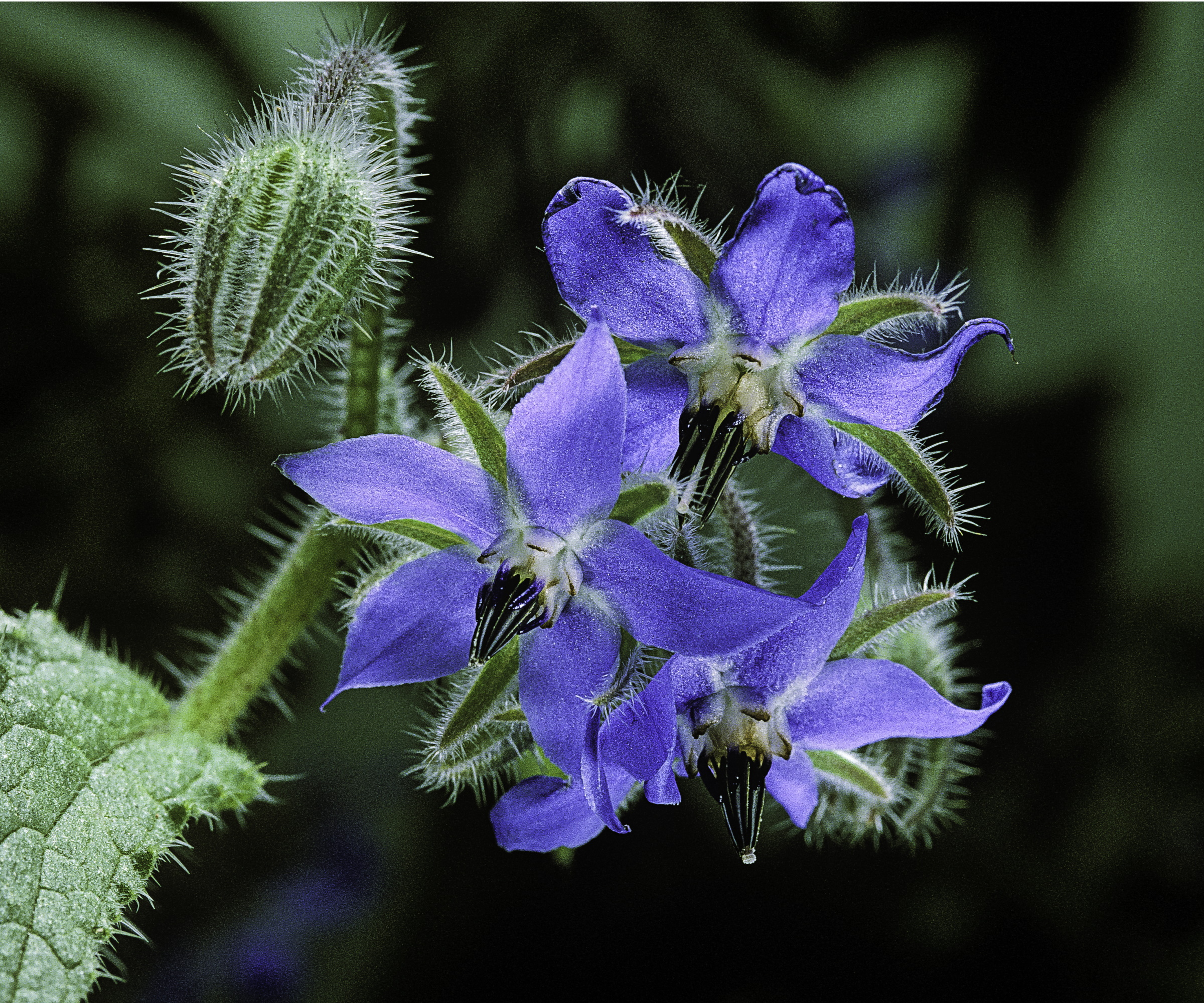
Borage is among the best to start a herb garden with. It has striking star-shaped, purple-blue flowers and a cucumber taste to its leaves and flowers that makes it a valuable addition to a kitchen garden.
'Borage is one of my favorite edible flowers since it blooms prolifically, has a neutral flavor and the flowers are a bold blue,' says Dan.
Native to eastern Mediterranean climates and also known as Borago officinalis, these herbs are easy to grow from seed in US hardiness zones 3-10. However, Dan warns they can self-seed. 'One borage plant can become many in future years,' he adds.
Borage will bloom from early summer through to fall and they're pollinator-friendly, so it's a good idea to leave them as long as possible before harvesting to help and attract bees in your yard.
3. Ginger mint

For an aromatic herb with a subtle peppery kick, ginger mint is a great choice. Belonging to the mint family, Mentha x gracilis, or ginger mint, has a menthol flavor with a hint of ginger that isn't overpowering.
'Like other members of the mint family, it's best to grow in a container given its propensity to spread by rhizome (below ground) and pop up throughout the landscape,' says Dan.
'With pink stems and yellow streaks on the leaves, it's visually striking and aromatic enough to flavor your herbal tea or mint julep,' he adds.
You can successfully grow ginger mint in US hardiness zones 5-9, keeping its soil evenly moist. Harvest leaves between spring and fall and use in salads to make the most of its fresh taste.
4. Marsh mallow plant
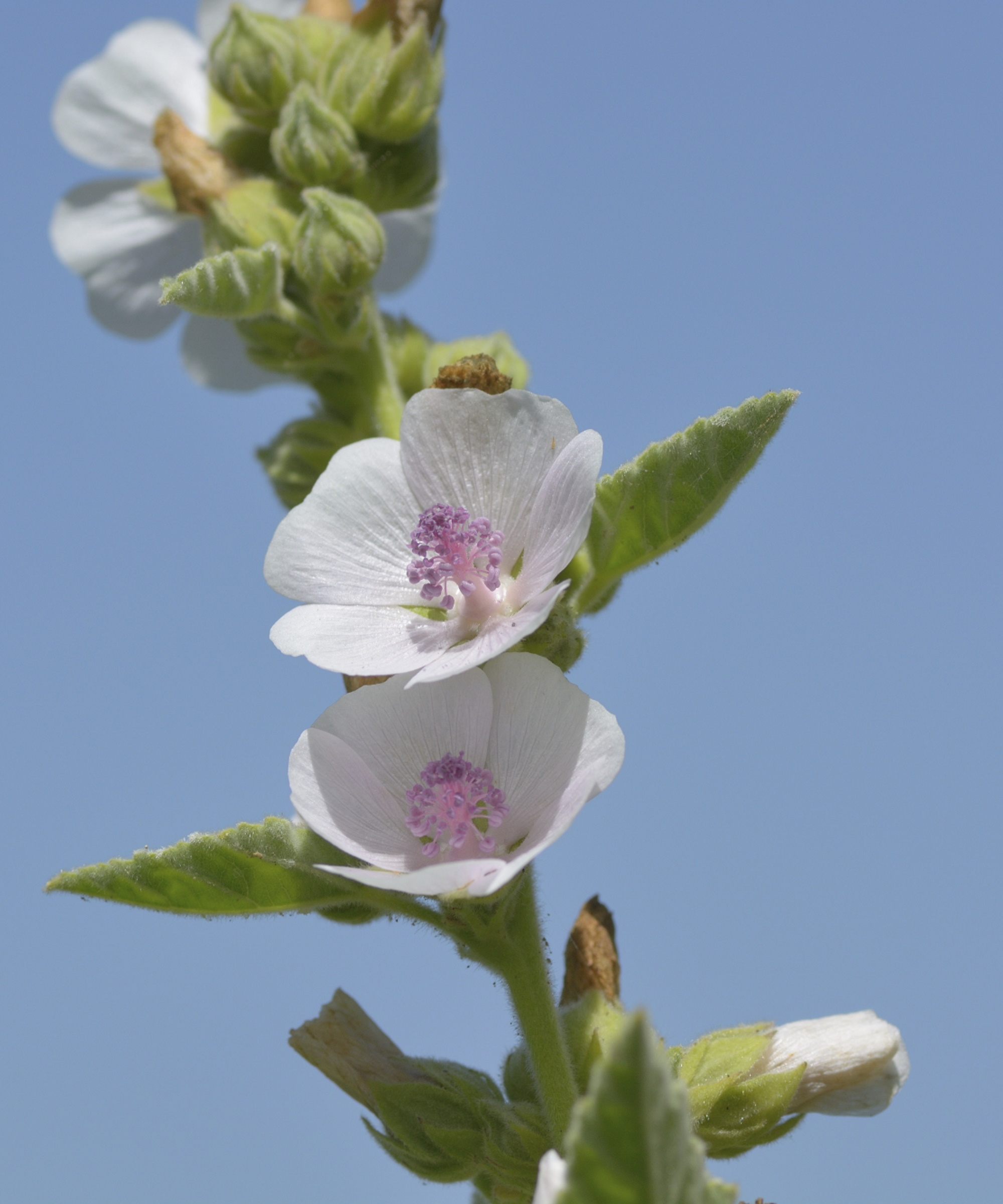
A herb that tastes like a sweet treat - marsh mallow plant or, Althea officinalis, is a perennial herb native to Europe, western Asia and north Africa. In the US, it can be grown in hardiness zones 3-9.
'Marsh mallow plants have been used for centuries for their medicinal properties,' says Donna Letier, the founder and CEO of Gardenuity. 'The roots of the marsh mallow plant have traditionally been used to make a sweet and sticky substance used to treat various ailments such as sore throat and cough,' she adds.
These beautiful plants have soft, pale pink flowers which appear in summer. 'The flowers have a mild flavor and can be used to add a delicate, floral note to salads, desserts, and herbal teas,' says Donna.
They grow best in sunny spots with consistently moist soil and they'll be ready to harvest in late summer.
'It's essential to harvest the roots when the plant is dormant, which typically occurs after the first frost when the leaves have turned brown and died back,' says Donna.
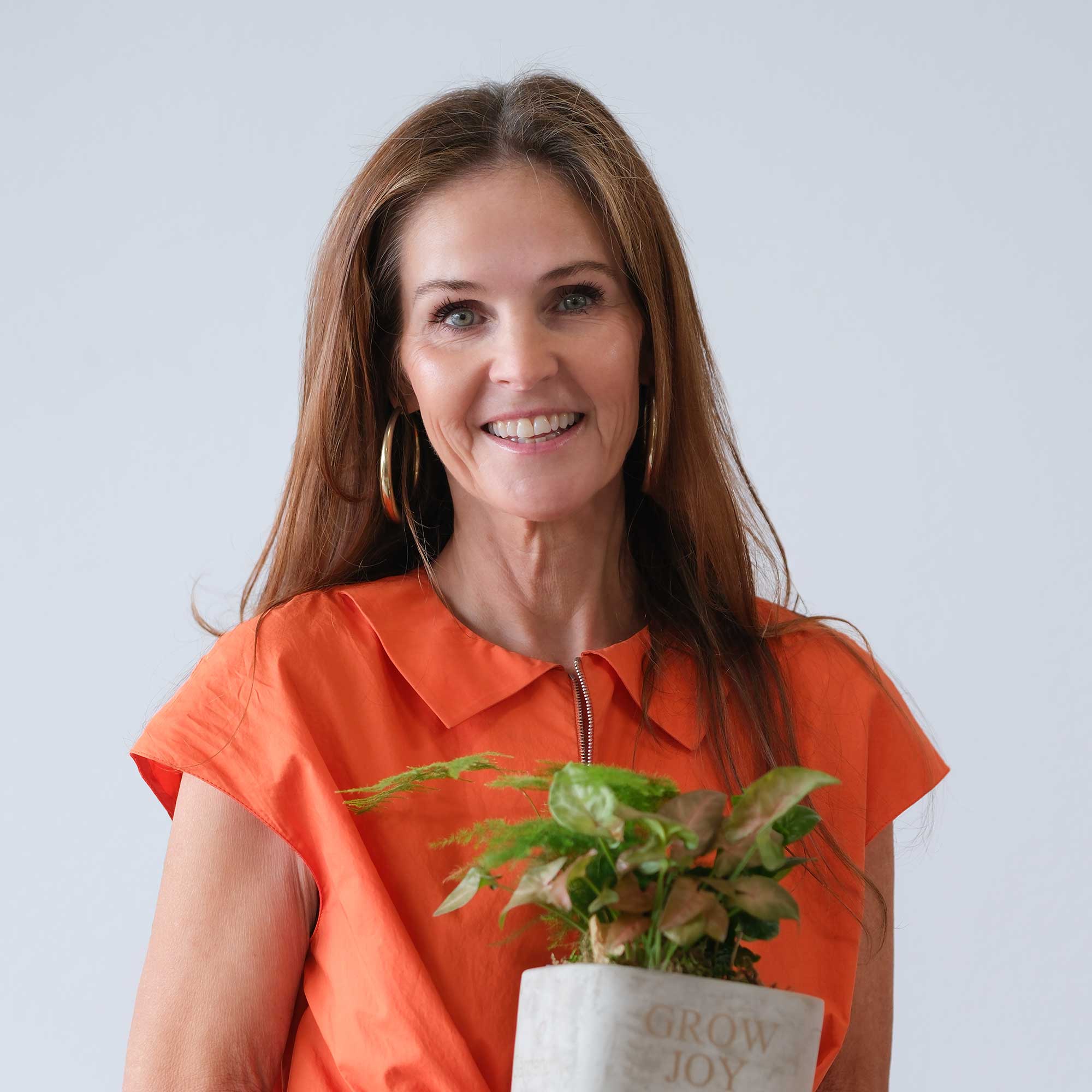
Donna Letier is the CEO and co-founder of Gardenuity, a company merging gardening with the wellness sector through personalized container gardens and gardening experiences.
5. Lemongrass

Choose to grow lemongrass and you'll be rewarded with a versatile, citrus-tasting herb. This tropical herb creates elegant fountains of arching grass with a lemon-flavored base.
'Lemongrass is an easy plant to grow,' says Anna Hackman, organic herb farmer at her farm The Naked Botanical in New Jersey. 'The leaf is delicious but not the same as the lemongrass bulb which is what most people use in cooking,' she adds.
It's a popular ingredient in Asian dishes and grows best in warm spots. It will thrive in US hardiness zones 9-10 and it's a good idea to grow it in a container so you can bring it indoors during colder seasons.
If you choose not to contain it, it can add structure to landscapes and even be used for a tasty screening grass in your backyard as it reaches up to four feet tall.
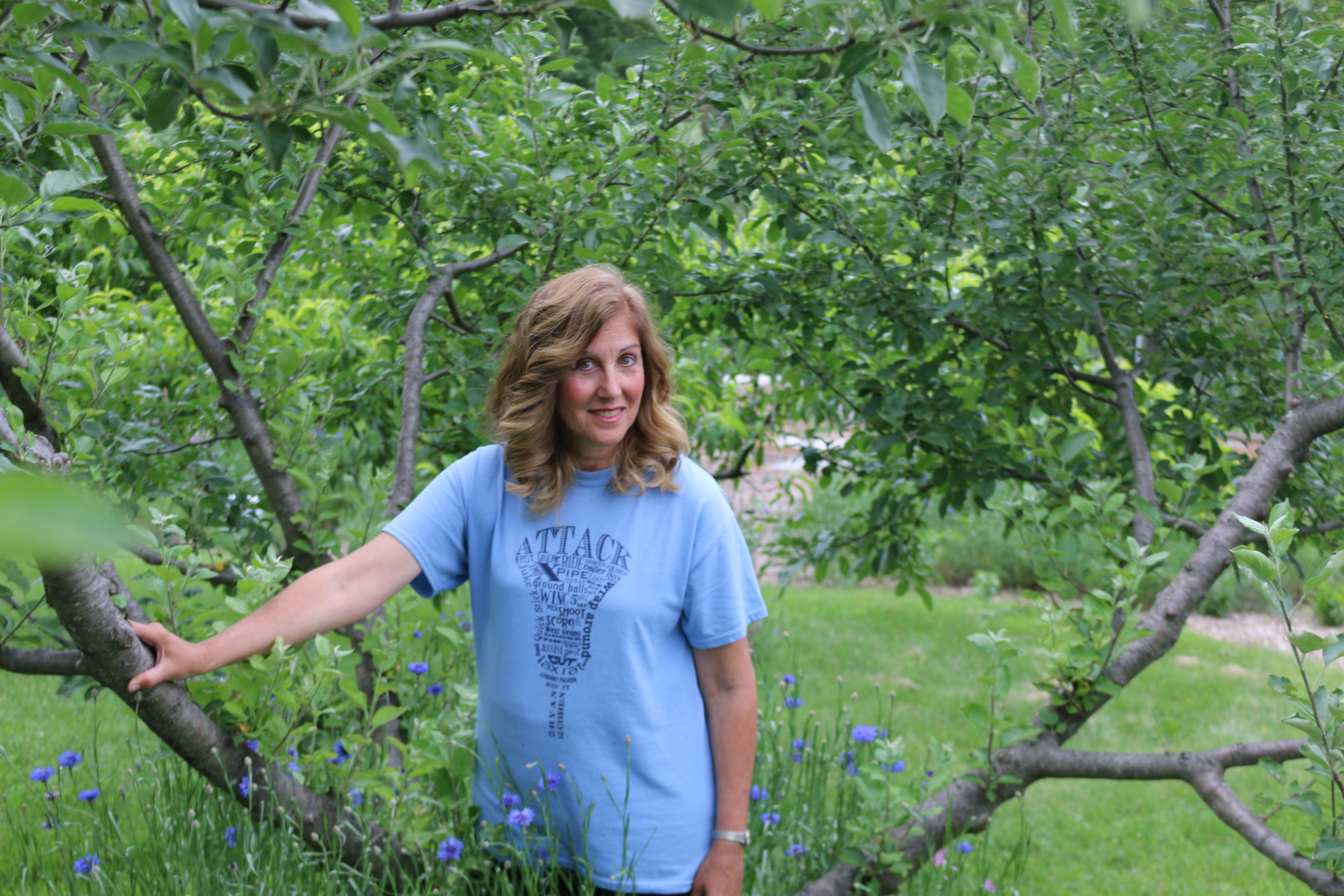
Anna is a certified organic herb farmer in New Jersey who has been growing herbs for 18 years. Her farm is The Naked Botanical where she sells farm products.
6. Lovage
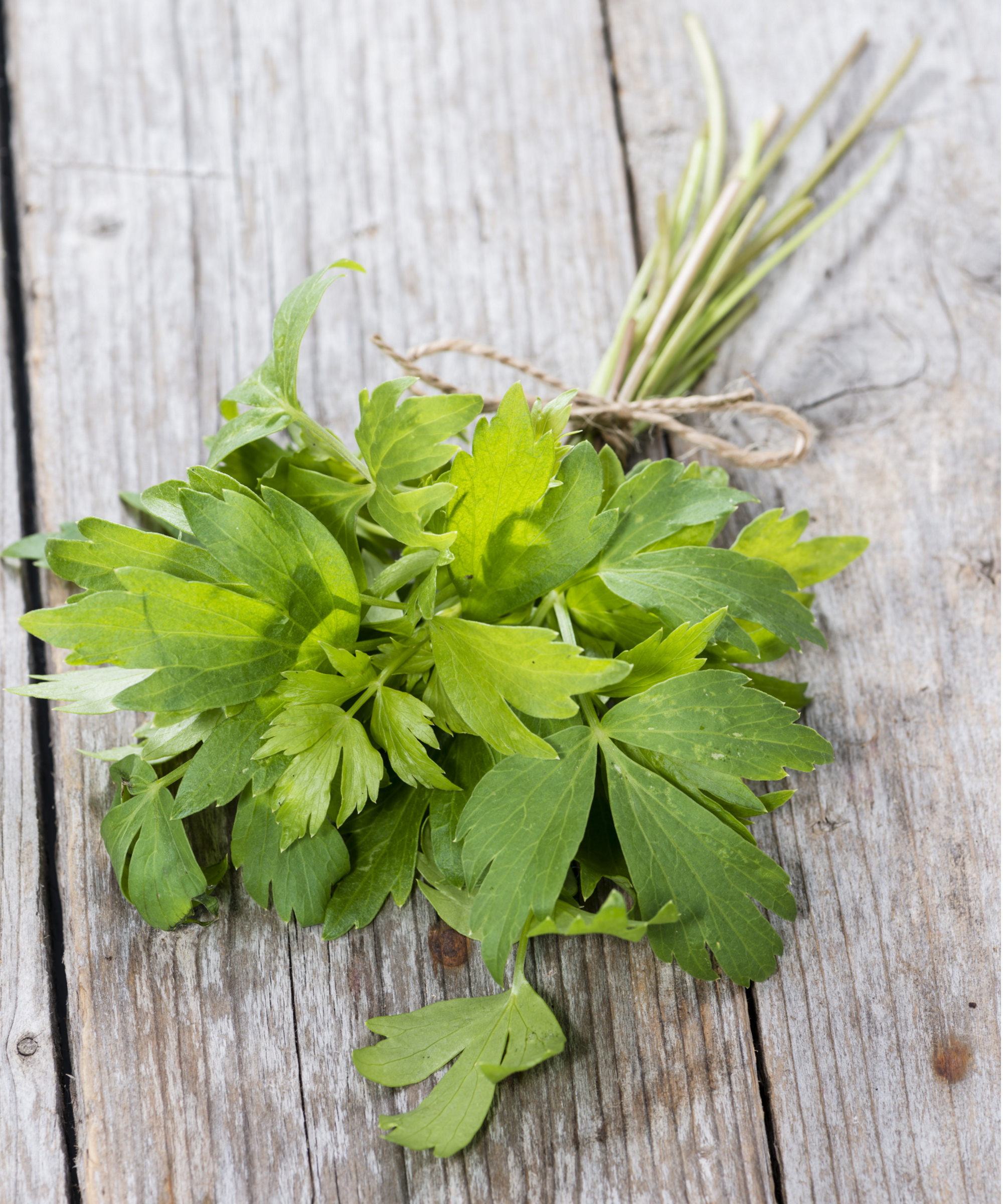
An old favorite, lovage, or Levisticum officinale, is a staple for lovers of celery and parsley.
'It's a perennial, so it comes back, and it gets larger each year. It's intense and delicious in soups, stews and more,' says Anna.
This leafy herb is hardy in US zones 4-8 and will thrive best in full sun with rich soil. It's also drought-tolerant, thanks to its taproot that can search deep in soil for moisture.
It's best to harvest stems of lovage during summer, ideal for refreshing summer salads.
7. Pineapple sage
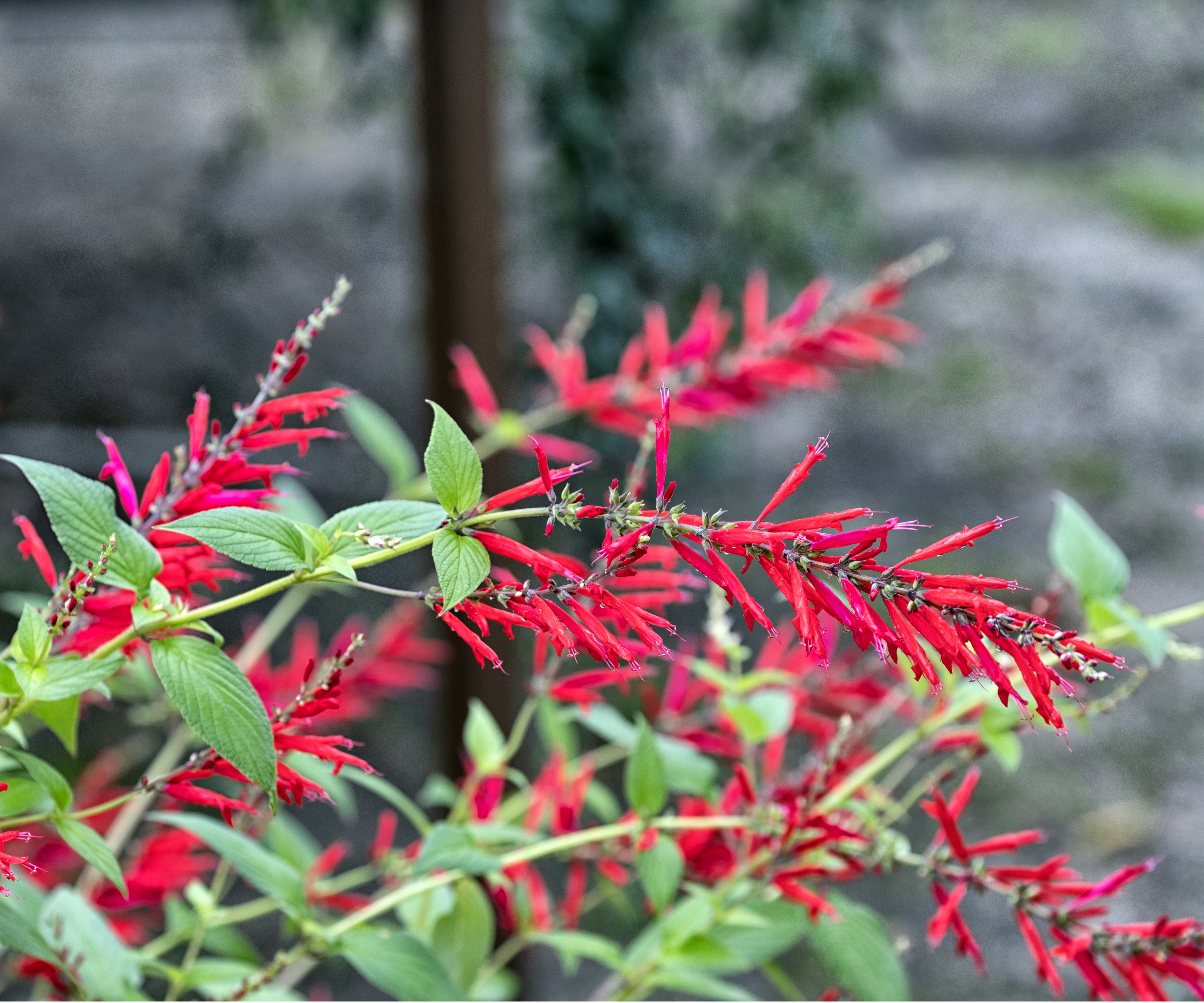
If you're a fan of sage for its textured leaves and earthy fragrance, pineapple sage is certainly one to add to your list to try.
Salvia elegans, or pineapple sage, is a tender perennial in the sage family that is native to Mexico and Guatemala. It can grow up to five feet high and produces bright, fragrant red blooms making it an attractive herb to grow.
'It tastes like a light pineapple when it is fresh,' says Anna. 'It is a gorgeous landscape plant and blooms red flowers in the autumn,' she adds.
Grow pineapple sage in US hardiness zones 9-11 to harvest both leaves and flowers in summer for delicious herbal teas.
8. Bee balm
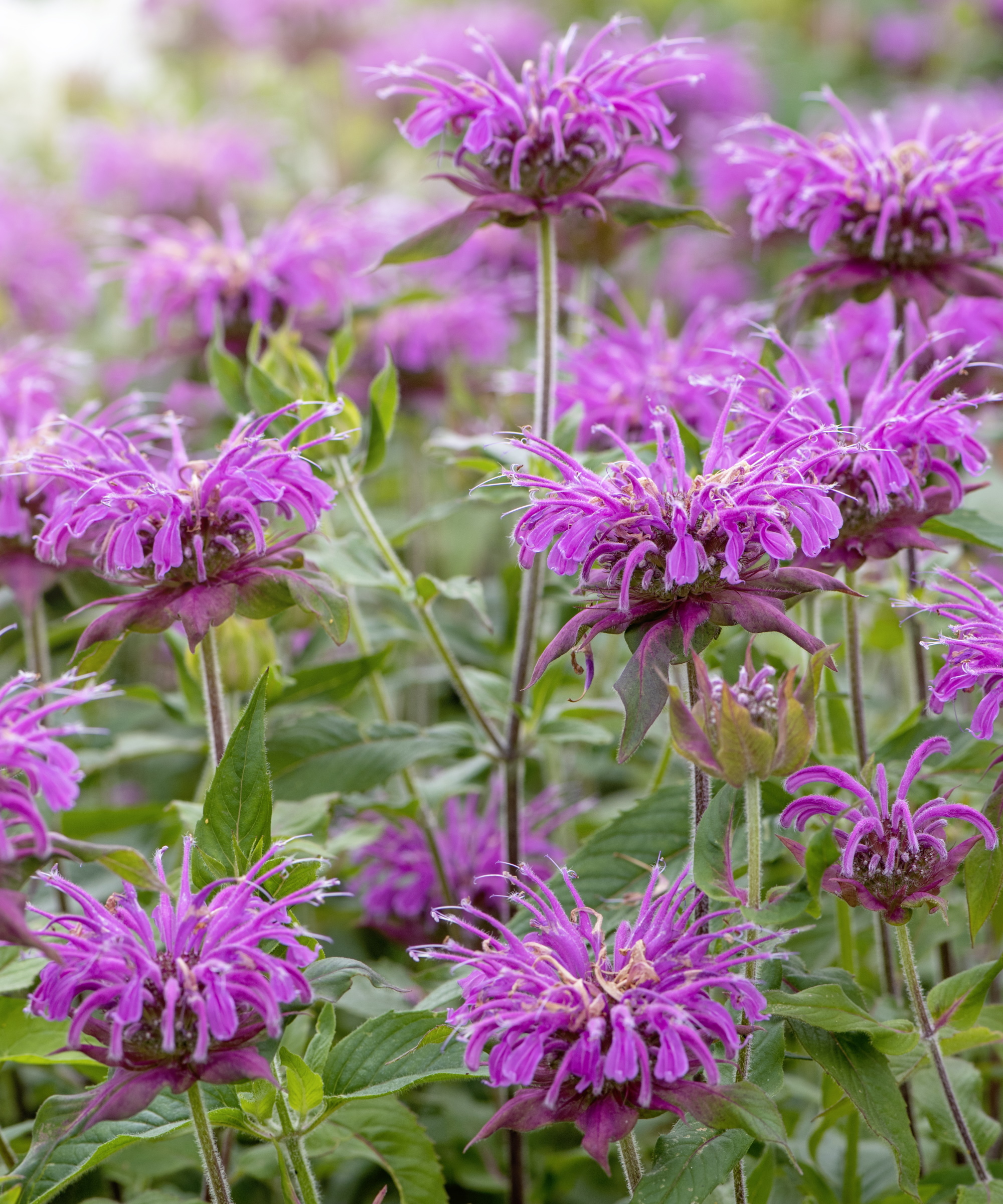
Another herb with vibrant blooms is bee balm, also known as Mornarda didyma and begamot. This perennial herb forms clumps or aromatic ovate leaves and bright red and pink flowers.
'People think of bee balm as a flower, but it is a medicinal herb with gorgeous flowers. Its leaf tastes like spicy thyme,' says Anna.
Bee balm does best in dry atmospheres and thrives in US hardiness zones 3-9, although these plants also enjoy consistent moisture levels.
You can deadhead old blooms to encourage returning blooms. Just remember to continue providing care for these plants during winter while they are dormant by keeping them sheltered.
9. Anise hyssop
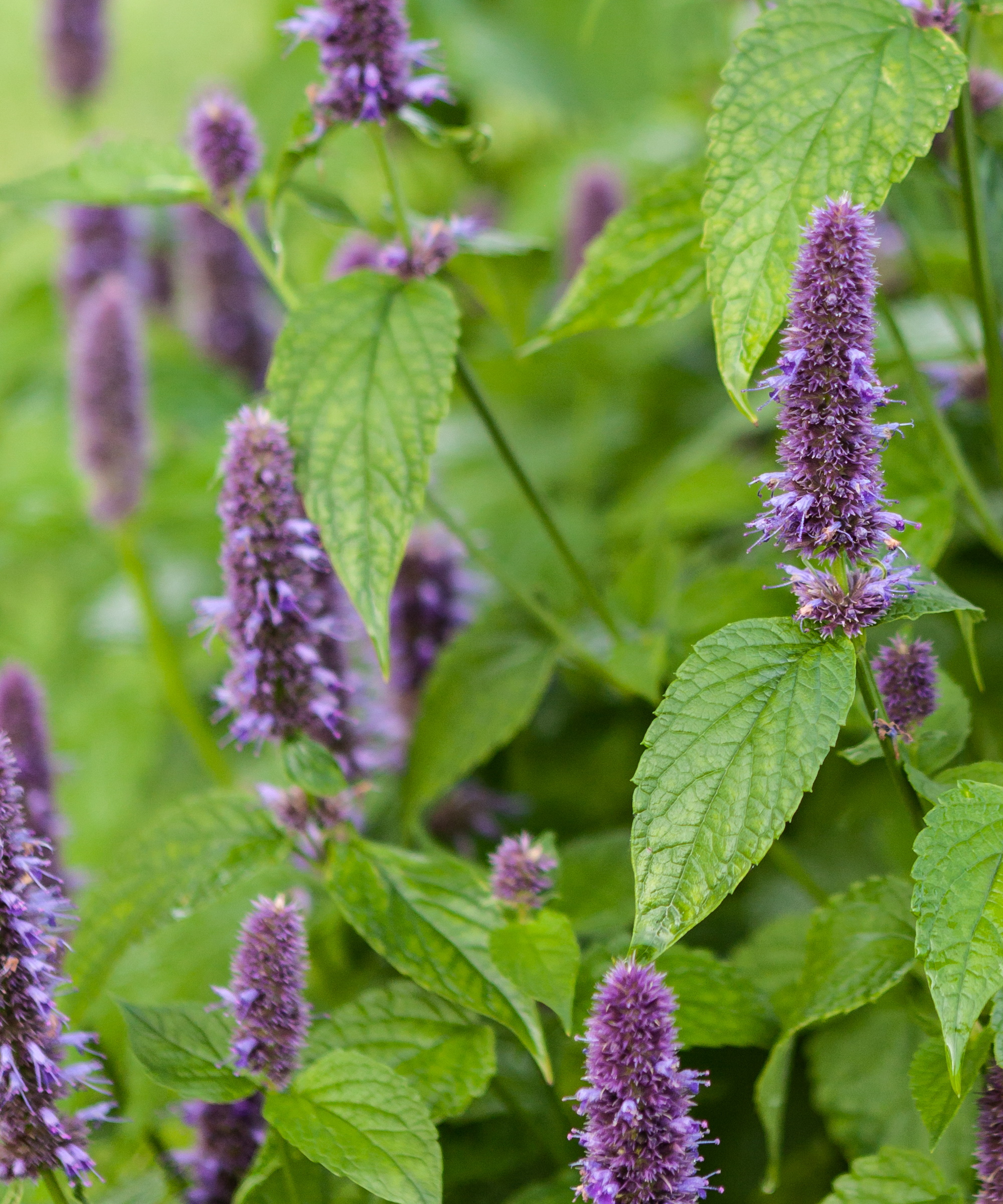
Anise hyssop, or Agastache foeniculum, is the perfect addition to purple borders. This aromatic, deciduous perennial forms clumps of aromatic leaves, thriving in US hardiness zones 4-8.
This herb is celebrated for its licorice-flavored leaves and flowers that can be used to sweeten teas and dishes.
It has medicinal benefits, helping with digestive and respiratory aid and is most commonly used in herbal teas and finely chopped into salads.
Anise hyssop is very easy to grow, thriving in a variety of (often poor) soil conditions, and requires minimal care once established.
It would make an aromatic addition to a wild flower patch, ans is a great source for wildlife, including bees, butterflies and hummingbirds.
Discover indoor herb planters
FAQs
Can you grow all herbs indoors?
It is possible to grow most herbs indoors. This is especially aided by indoor growing systems, like hydroponic kits. The most common herbs to be grown indoors include basil, oregano and rosemary among others. Choosing to grow herbs indoors can add aromatic interest to your indoor garden and add convenience for using homegrown herbs in the kitchen.
What are the best herbs for tea?
There are lots of herbs you can grow at home for tea. Popular choices include chamomile, sage, and mint. It's easy to create an indoor herbal tea garden so that you can conveniently have your herbs to hand in the kitchen.
If you're bored of growing the same herbs, why not mix it up with these unusual and aromatic plants? They'll add interesting flavor and beautiful blooms to your herb garden. Just take care not to make common herb gardening mistakes to ensure a successful harvest of your unique herbs.

Tenielle is a Gardens Content Editor at Homes & Gardens. She holds a qualification in MA Magazine Journalism and has over six years of journalistic experience. Before coming to Homes & Gardens, Tenielle was in the editorial department at the Royal Horticultural Society and worked on The Garden magazine. As our in-house houseplant expert, Tenielle writes on a range of solutions to houseplant problems, as well as other 'how to' guides, inspiring garden projects, and the latest gardening news. When she isn't writing, Tenielle can be found propagating her ever-growing collection of indoor plants, helping others overcome common houseplant pests and diseases, volunteering at a local gardening club, and attending gardening workshops, like a composting masterclass.
